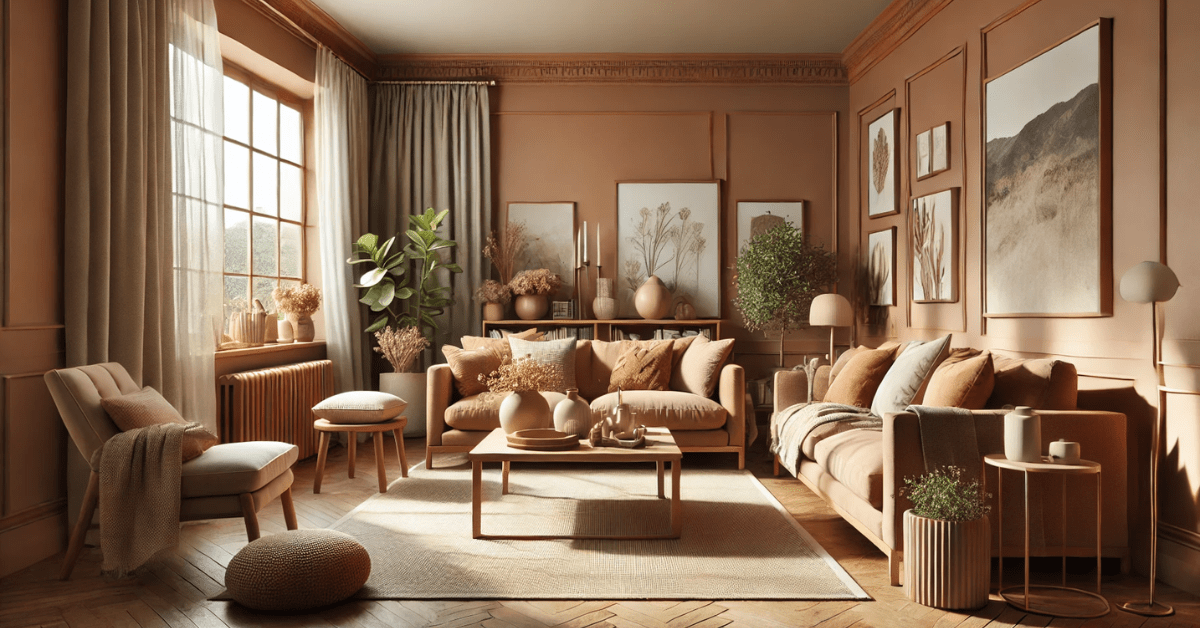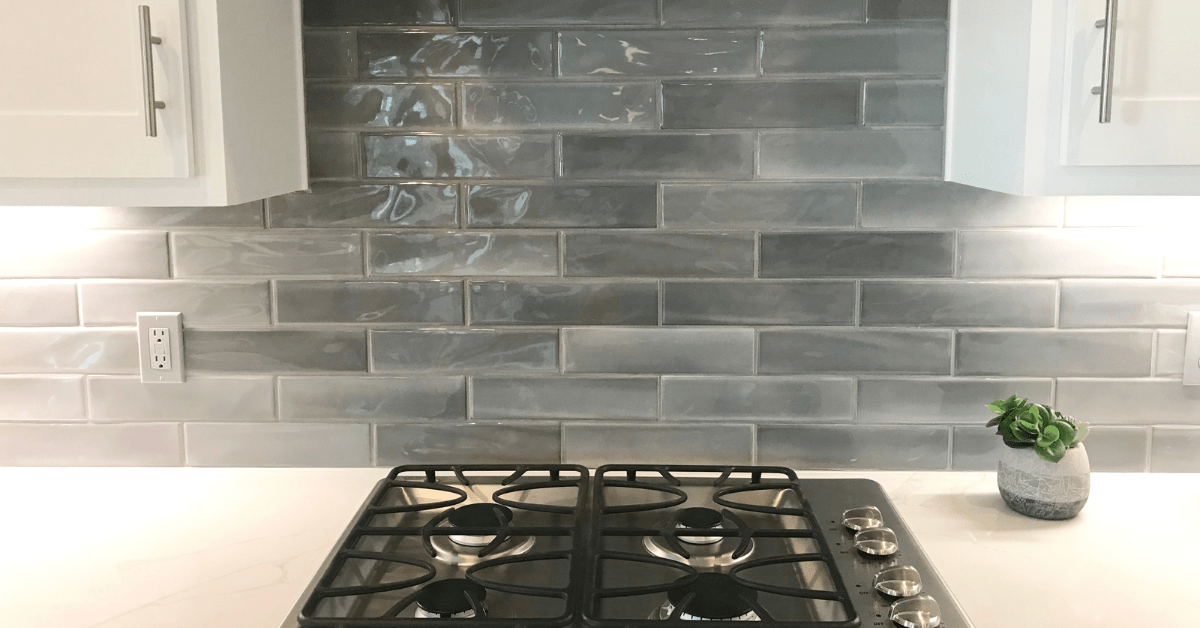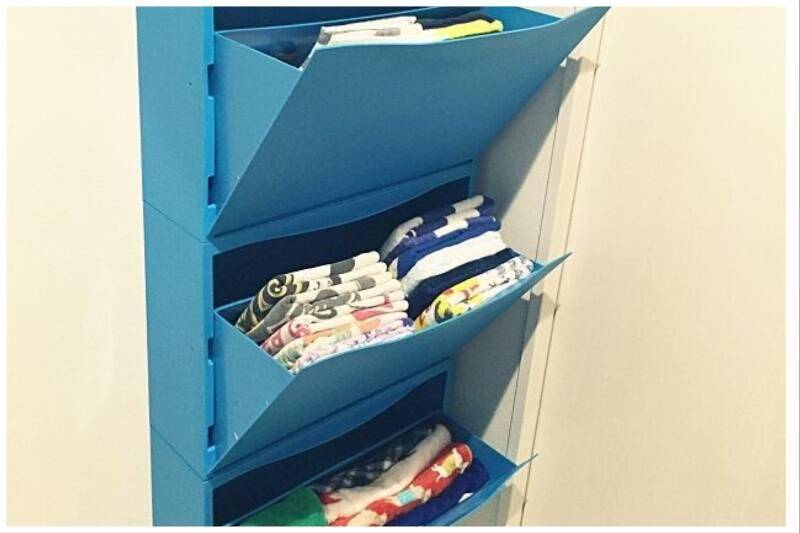Midcentury modern designers and the ambivalence of corporate gigs

A new exhibition at Stanford juxtaposes iconic work with designers? fears of selling out The corporations of Silicon Valley have built it into a technology epicenter, but for many, success has been attributed to design thinking: Using design as a strategic tool to meet company objectives and improve user experiences. Good design is central to their businesses. But a new exhibit argues that during the middle of the 20th century, when high design and big business were just starting to get along, designers were more than a little reluctant to make the romance last.
?Creativity on the Line: Design for the Corporate World, 1950?1975? a new exhibition at the Cantor Arts Center at Stanford University, explores the conflicting feelings midcentury modern designers had about working for corporations, at a pivotal time when they were beginning to shape the look and feel of big business in the postwar world. It?s a fascinating examination of creative freedom and financial realities, a showcase that?s both relevant in the age of Apple and revealing about a period when giants such as Ray and Charles Eames and Paul Rand were helping shape corporate identities. While the midcentury modern aesthetic is seen as a highpoint for corporate design, many of the creators felt more than a little ambivalent about selling out.
LA County Museum of Art, Los Angeles
Charles and Ray Eames molded Fiberglass chair with table arm, for Herman Miller.
?Midcentury modern d...
| -------------------------------- |
| 'Stolab is passion for solid wood' says owner and CEO Martin Johansson | Dezeen |
|
|












